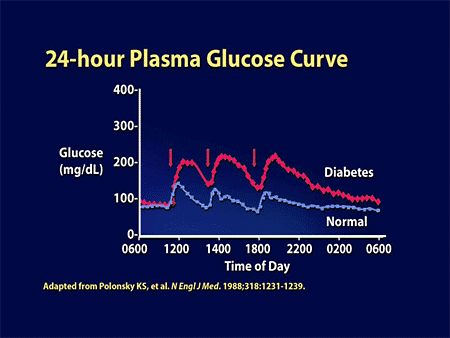I'm not diagnosed with anything yet, but I have impaired glucose tolerance ie higher than usual post prandial readings. There isn't a Prediabetes option on the profile settings so i dont put anything. I think this has been going on for some time so I am disinclined to think LADA, but I don't know at this stage. I am inclined to think that the ketones were showing because of too few kcal. I was in 800-900 kcal range at the weekend and although I don't pay attention to calories I use MyFitnessPal which adds them up automatically. My assumption is that too few calories meant that I had to get fuel from somewhere ie fat or even muscle.
Sent from the Diabetes Forum App
Sent from the Diabetes Forum App

